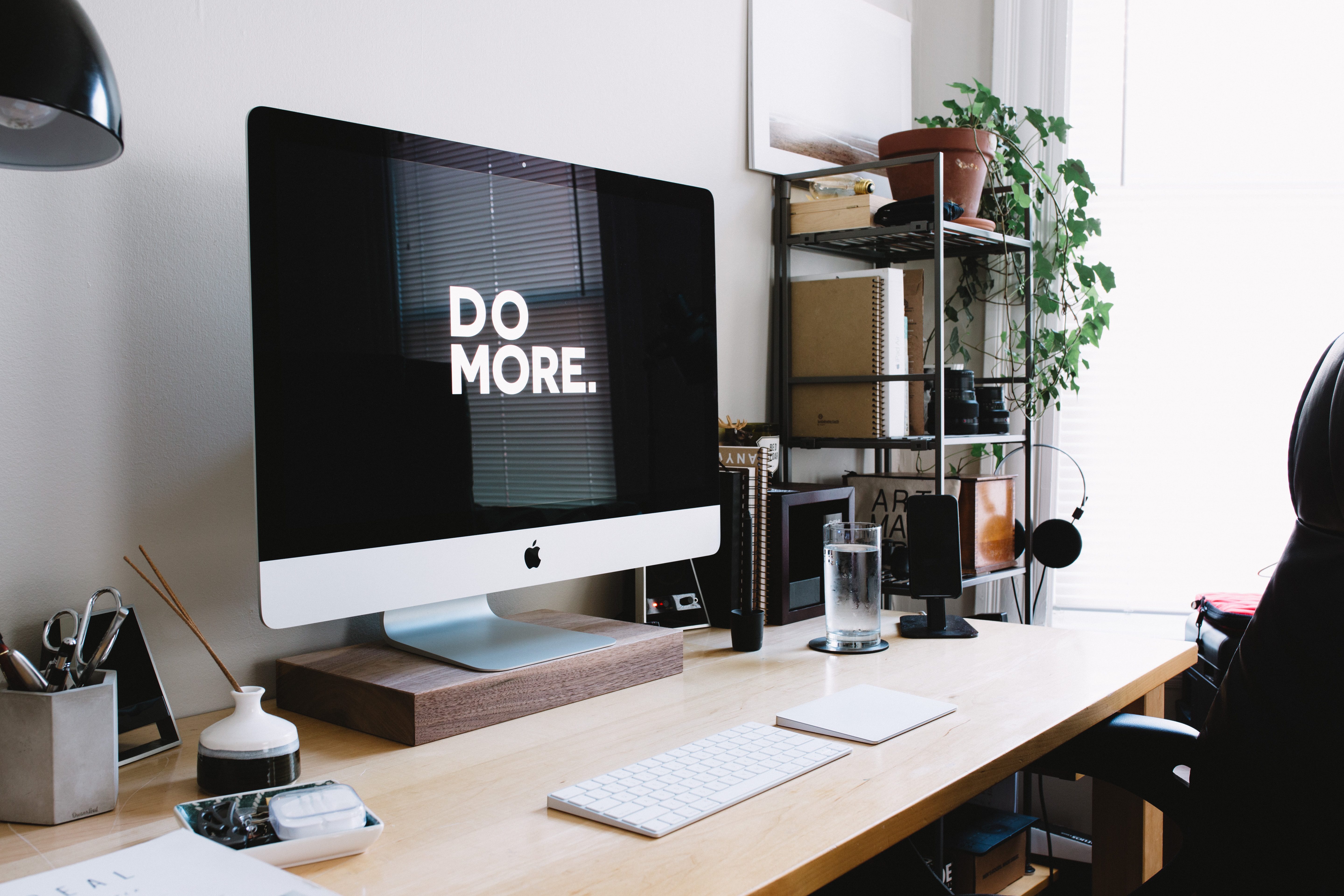How to design a landing page that converts
The design and layout of your landing page are just as important as what you write in order to draw the visitor down the sales funnel. After all, that is the aim of a landing page. We’ve collated the main tips for how to design a landing page that converts visitors into customers.
Call to action
This is easily one of the most important aspects of your landing page design. A call to action is ultimately what gets a potential customer to complete the conversion you have set out for them.
Some general rules to follow when adding a call to action to your page is to make it stand out and be as clear as possible. You want it to be easy for the reader to know how and where to click in order to receive what you are promoting- whether that be a paid product or a free downloadable resource.
This could be through making the converting button stand out by being a different colour from the rest of the surrounding design, or even highlighting where it is through the use of delicately placed arrows.
Complimentary design
An obvious element of any design are the basic visuals such as colours and fonts. These can be used to convey a particular mood or emotion from the visitor to your landing page- such as bright colours to be playful and exciting, or darker colours to be moody and mysterious.
The use of fonts can also be incorporated into the design to draw attention to specific details, such as using a bold font for eye-catching phrases or a different font for your call to action to make it stand out even further.
All of these elements need to be aligned to create a cohesive and complementary design that is carried throughout the page.
Engaging imagery
The use of images on your landing page can help strengthen your copy by giving a visual context to the words written. The key here however is to use images that are related and engaging to the audience- it’s no use putting in random photos just to fill the gaps.
If you’re not entirely sure what imagery to place, or if you should use a static picture or a video, try testing out a few different versions to see which one is more engaging and leads to more conversions.
Another aspect to consider is the style of imagery you use to encourage people to buy. It is well known that people buy from people, that’s why word-of-mouth is such a well-utilised method of marketing. What you may not know is that this can still be incorporated into pictures. Visitors to your landing page are more likely to convert into paying customers if they can see a visual representation of a person benefiting from your product or service, as they find it more relatable. For example, if you are selling holidays, it would make sense to show happy people on holiday- this gives the visitor something to aspire to achieve through you.
Use whitespace
People might think that you need to use up as much space on the landing page as possible to get your message across. This simply isn’t true. The use of white space (the empty spaces on a page that are not filled with copy or imagery) gives the reader room to breathe and digest what is in front of them.
In fact, white space can be used to structure the page and lead the reader further down the funnel towards conversion. This is because this extra breathing room doesn’t distract the visitor from what you are offering them, but instead allows them to keep reading. This leads to the next point…
Don’t over do it with the visuals
Visual elements on a landing page is a great way to draw the visitors focus and allow them to engage with the page on a deeper level.
However, you don’t want to overcrowd the page.
Putting too many visuals on one page can make it difficult to navigate and know what it is important to pay attention to. Instead, focus on two or three key visual elements to draw their attention where it is needed and strengthen your call to action.
Additionally, too many visuals on a page could lead to an issue with the loading time. This is important because many people will not stay on a landing page if it doesn’t load within an acceptable amount of time. This could then lead to a lower conversion rate.
Keep it simple
Removing distractions from your landing page doesn’t solely include the use of visuals. It can also be done by keeping the visitor’s attention on that page only by way of not including a navigation bar. This then stops them from clicking through to different sections of your website where the offer you are promoting isn’t so prevalent.
Another way to keep the attention through simplicity is to keep your forms for collecting information as short as possible. If a visitor to your landing page gets put off from completing a form to receive the offer, then you have lost out on a conversion.
No one wants to go through 2 or 3 pages of forms just to download a free resource. The length of the form should match the level of value you are providing to the customer, as you can expect to give out more information for the more value you receive. For example, collecting a name and an email address is sufficient for a downloadable resource, but more information would be needed to purchase a product, such as home address and payment details.
By implementing some of these into your landing page design, you can increase your conversion rate without breaking the bank. For more information on how you can improve your landing page design check out our service page that focuses on this issue or our blog with the best practices for landing page copywriting to bring it all together.





